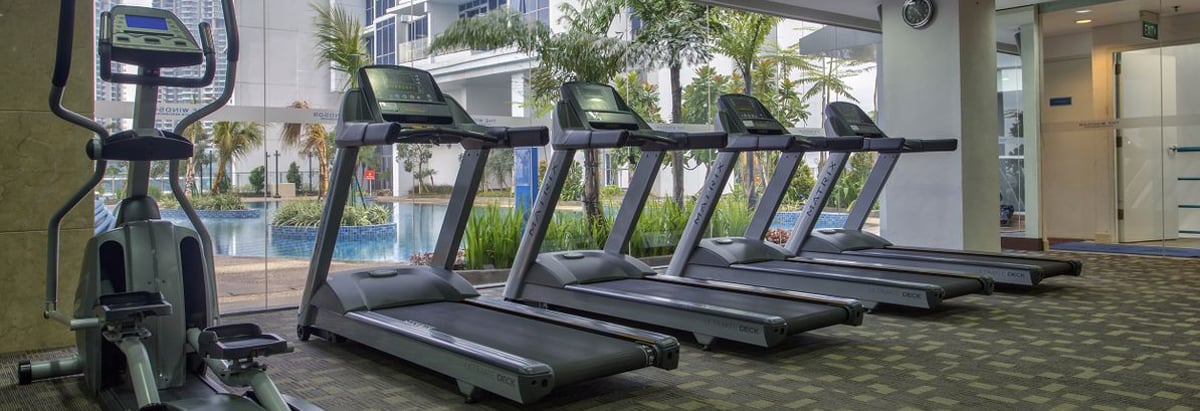Stock Analysis
- Netherlands
- /
- Hospitality
- /
- ENXTAM:BFIT
Basic-Fit N.V.'s (AMS:BFIT) market cap dropped €81m last week; Individual investors bore the brunt

Key Insights
- Basic-Fit's significant individual investors ownership suggests that the key decisions are influenced by shareholders from the larger public
- The top 7 shareholders own 52% of the company
- Insiders have been selling lately
If you want to know who really controls Basic-Fit N.V. (AMS:BFIT), then you'll have to look at the makeup of its share registry. And the group that holds the biggest piece of the pie are individual investors with 29% ownership. Put another way, the group faces the maximum upside potential (or downside risk).
As a result, individual investors as a group endured the highest losses last week after market cap fell by €81m.
In the chart below, we zoom in on the different ownership groups of Basic-Fit.
Check out our latest analysis for Basic-Fit
What Does The Institutional Ownership Tell Us About Basic-Fit?
Institutional investors commonly compare their own returns to the returns of a commonly followed index. So they generally do consider buying larger companies that are included in the relevant benchmark index.
We can see that Basic-Fit does have institutional investors; and they hold a good portion of the company's stock. This can indicate that the company has a certain degree of credibility in the investment community. However, it is best to be wary of relying on the supposed validation that comes with institutional investors. They too, get it wrong sometimes. It is not uncommon to see a big share price drop if two large institutional investors try to sell out of a stock at the same time. So it is worth checking the past earnings trajectory of Basic-Fit, (below). Of course, keep in mind that there are other factors to consider, too.
Our data indicates that hedge funds own 27% of Basic-Fit. That catches my attention because hedge funds sometimes try to influence management, or bring about changes that will create near term value for shareholders. The company's CEO René Moos is the largest shareholder with 12% of shares outstanding. The second and third largest shareholders are Impactive Capital LP and North Peak Capital Management, LLC, with an equal amount of shares to their name at 10%.
On further inspection, we found that more than half the company's shares are owned by the top 7 shareholders, suggesting that the interests of the larger shareholders are balanced out to an extent by the smaller ones.
While it makes sense to study institutional ownership data for a company, it also makes sense to study analyst sentiments to know which way the wind is blowing. Quite a few analysts cover the stock, so you could look into forecast growth quite easily.
Insider Ownership Of Basic-Fit
The definition of an insider can differ slightly between different countries, but members of the board of directors always count. Company management run the business, but the CEO will answer to the board, even if he or she is a member of it.
I generally consider insider ownership to be a good thing. However, on some occasions it makes it more difficult for other shareholders to hold the board accountable for decisions.
Our information suggests that insiders maintain a significant holding in Basic-Fit N.V.. Insiders own €212m worth of shares in the €1.8b company. That's quite meaningful. It is good to see this level of investment. You can check here to see if those insiders have been buying recently.
General Public Ownership
The general public-- including retail investors -- own 29% stake in the company, and hence can't easily be ignored. While this group can't necessarily call the shots, it can certainly have a real influence on how the company is run.
Private Equity Ownership
With a stake of 6.6%, private equity firms could influence the Basic-Fit board. Some investors might be encouraged by this, since private equity are sometimes able to encourage strategies that help the market see the value in the company. Alternatively, those holders might be exiting the investment after taking it public.
Next Steps:
It's always worth thinking about the different groups who own shares in a company. But to understand Basic-Fit better, we need to consider many other factors. For example, we've discovered 3 warning signs for Basic-Fit (1 is a bit unpleasant!) that you should be aware of before investing here.
If you would prefer discover what analysts are predicting in terms of future growth, do not miss this free report on analyst forecasts.
NB: Figures in this article are calculated using data from the last twelve months, which refer to the 12-month period ending on the last date of the month the financial statement is dated. This may not be consistent with full year annual report figures.
Valuation is complex, but we're here to simplify it.
Discover if Basic-Fit might be undervalued or overvalued with our detailed analysis, featuring fair value estimates, potential risks, dividends, insider trades, and its financial condition.
Access Free AnalysisHave feedback on this article? Concerned about the content? Get in touch with us directly. Alternatively, email editorial-team (at) simplywallst.com.
This article by Simply Wall St is general in nature. We provide commentary based on historical data and analyst forecasts only using an unbiased methodology and our articles are not intended to be financial advice. It does not constitute a recommendation to buy or sell any stock, and does not take account of your objectives, or your financial situation. We aim to bring you long-term focused analysis driven by fundamental data. Note that our analysis may not factor in the latest price-sensitive company announcements or qualitative material. Simply Wall St has no position in any stocks mentioned.
About ENXTAM:BFIT
Basic-Fit
Engages in the operation of fitness clubs.

